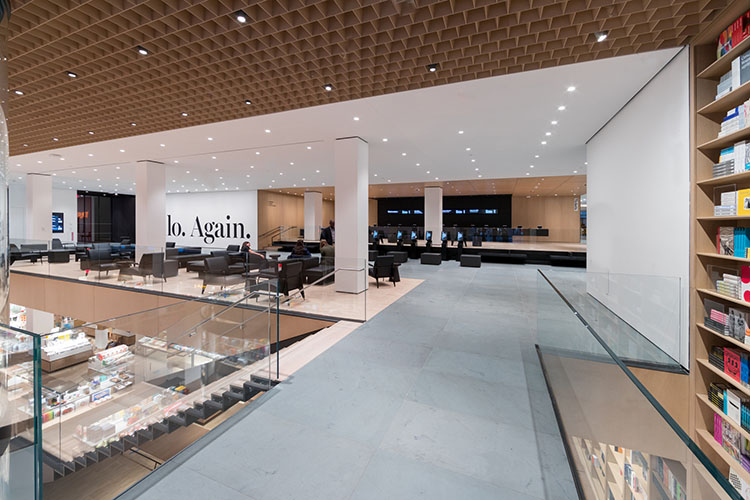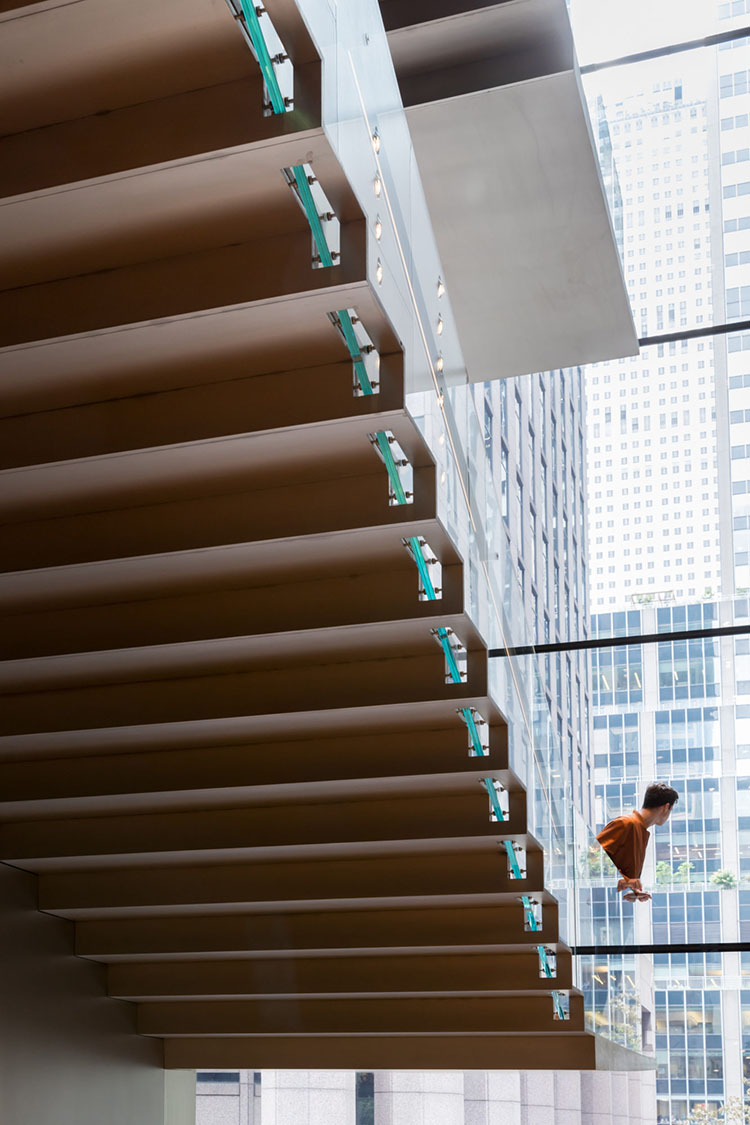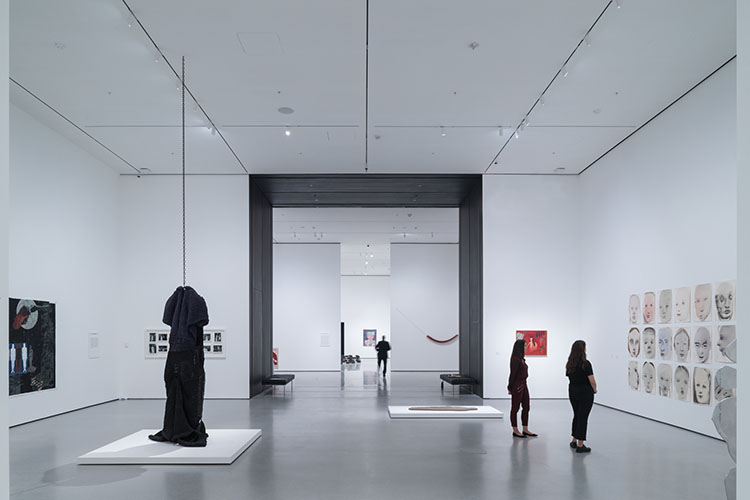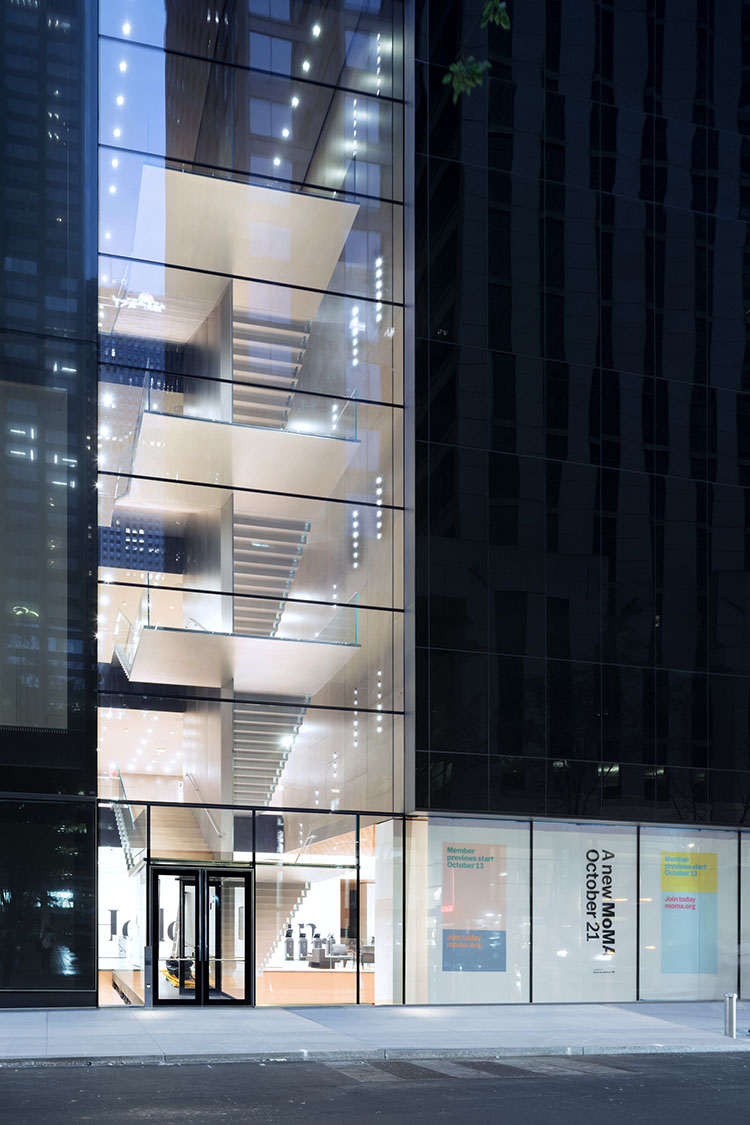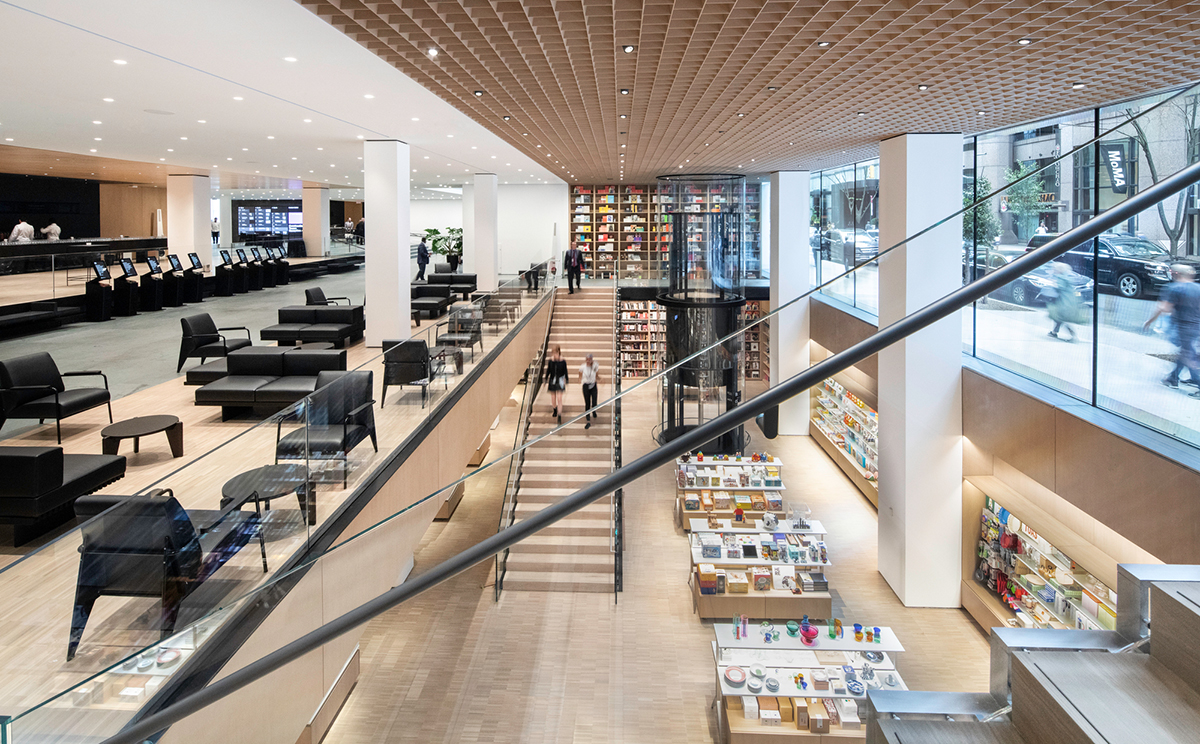Architecture firms Diller Scofidio + Renfro and Gensler have completed the renovation and expansion of New York‘s Museum of Modern Art. The intervention has increased gallery space by 30%, provides visitors with a more welcoming and comfortable experience, and better connects the Museum to the urban fabric of midtown Manhattan. Launched in 2014, the first phase of renovations on the east end was completed in 2017, and the second phase of expansion on the west end is now complete and opens to the public on October 21, 2019.
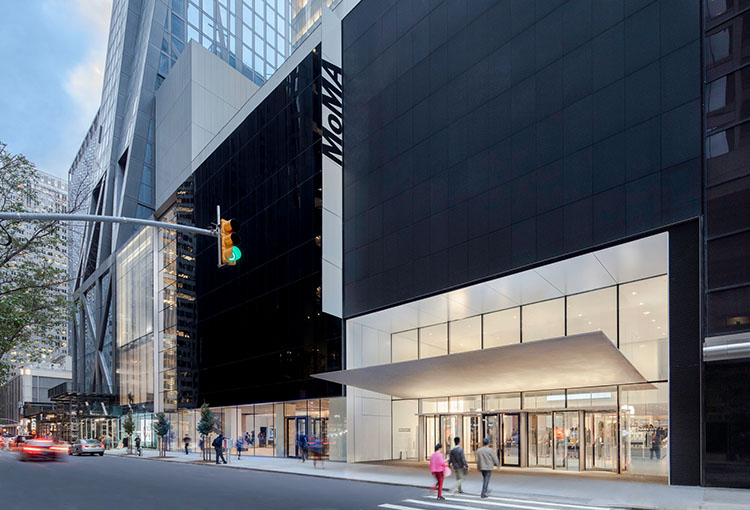
The overall expansion yields a net increase in MoMA’s gallery space of one third, to approximately 165,000 square feet, allowing the Museum to exhibit significantly more art in new and interdisciplinary ways. The design optimized current spaces to be more flexible and technologically sophisticated, expanded and opened up the main lobby into a light-filled, double-height space that connects seamlessly between West 53rd and 54th Streets, and created a multitude of circulation routes with more areas for visitors to pause and reflect.
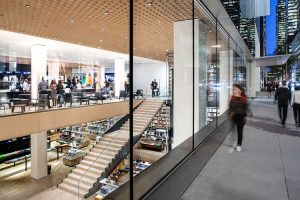
The state-of-the-art Studio in the heart of the Museum and an innovative second-floor Creativity Lab invite visitors to connect with art that explores new ideas about the present, past, and future. The flagship Museum store has been lowered one level and made visible to the street through a dramatic glass wall and a new sixth-floor café includes an outdoor terrace facing 53rd Street. The clear glass façade, new street-level galleries, and a ground floor free and open to all offer increased transparency and bring art closer to people on the streets of midtown Manhattan.
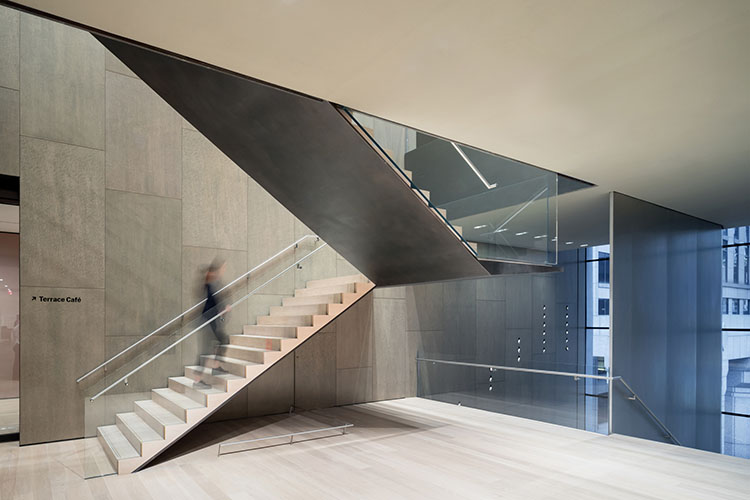
The architectural expression is a restrained conversation between the existing palette and new materials within The Museum of Modern Art. The design taps into the historic DNA of the building, relating disparate elements through a series of strategic interventions that reflect aspects of twentieth-century modernism: purity of material expression, abstraction of space, and thinness. Synthesis is achieved with a minimalist use of materials which correlates with the existing building fabric.
